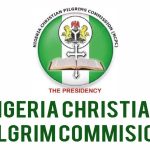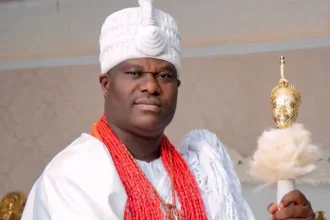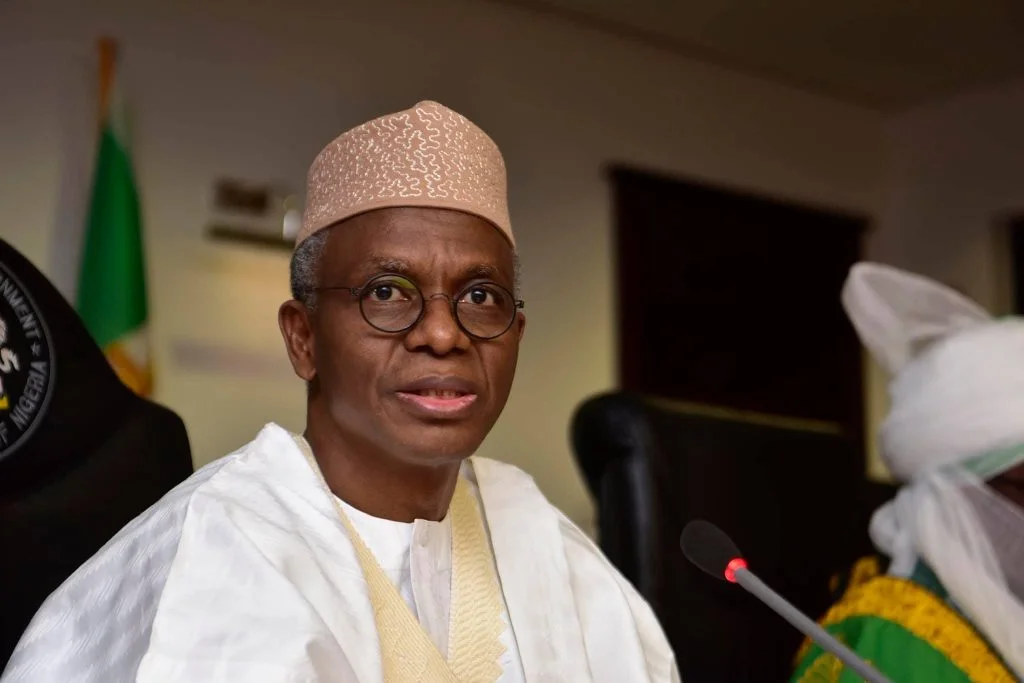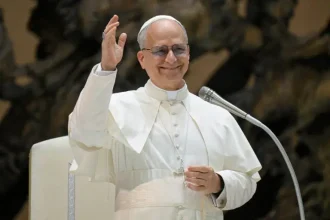A historic moment unfolded in Vatican City on Thursday as a plume of white smoke billowed from the temporary chimney atop the Sistine Chapel, signifying that the College of Cardinals had successfully elected a new pope with the required two-thirds majority vote.
The decision was reached during the third round of conclave voting.
The newly elected leader of the Catholic Church is American cardinal Robert Prevost, marking the first time in the nearly 2,000-year history of the papacy that a United States citizen has ascended to the position.
Following tradition, Prevost selected a papal name—Leo XIV—which was formally announced to the world by the senior cardinal deacon.
Bells rang from St. Peter’s Basilica and the crowd assembled in St. Peter’s Square erupted into applause as the white smoke emerged, confirming the momentous decision. The announcement was made from the balcony of the basilica as the senior cardinal deacon, standing before the cheering faithful, proclaimed in Latin: “Nuntio vobis gaudium magnum: habemus papam” – “I announce to you a great joy: We have a pope.”
American cardinal Robert Prevost then stepped out onto the balcony on the façade of St. Peter’s Basilica, greeting the world as the new pontiff and spiritual leader of over a billion Catholics around the globe.
In the wake of the announcement, former U.S. President Donald Trump took to his Truth Social platform to extend his congratulations to the newly elected pope.
“It is such an honor to realize that he is the first American Pope. What excitement, and what a Great Honor for our Country. I look forward to meeting Pope Leo XIV. It will be a very meaningful moment!” Trump wrote.
Prevost’s choice of the name Leo XIV adds him to a long line of papal traditions. The name “John” remains the most frequently chosen among popes, having been used 23 times, followed by “Gregory” and “Benedict,” each with 16 uses. However, there is one name that cardinals traditionally avoid—Peter—out of reverence for Saint Peter, the first pope. This unwritten rule honours the foundational role of the apostle in the Catholic Church.
Earlier on Thursday, white smoke billowed from the chimney of the Sistine Chapel, signaling the election of a new pope.
After just two days of deliberations, the College of Cardinals reached the required two-thirds majority, making this one of the swiftest conclaves in recent history.
According to CNN, thousands of faithful erupted in applause in St. Peter’s Square as the plume of white smoke appeared shortly after noon local time. The iconic bells of St. Peter’s Basilica rang out in confirmation, welcoming the Church’s 267th pontiff.
“This is a moment of great joy and spiritual renewal,” said Cardinal Giovanni Martelli, speaking to reporters near the square. “We are ready to follow the new Holy Father in unity and faith.”
The successful election followed a third round of voting on the second day of the conclave, an event closely watched by Catholics around the world. According to Vatican observers, only two other conclaves in modern history — those of Pope Benedict XVI in 2005 and Pope Francis in 2013 — have concluded this quickly.
Vatican expert Mountain Butorac shared insights into the logistics of the process. “The chimney that releases the smoke is usually stored in the Sistine Chapel attic before it is installed. It was put in place on May 2 this year,” he explained. “Everyone involved, from the cardinals to elevator operators and even florists, must swear an oath of secrecy.”
Before the white smoke on Thursday, black smoke had emerged following an inconclusive morning vote. But by the afternoon session, cardinals had reached agreement.
More than 11,000 people gathered in the square, according to Italian police estimates. Among them was 34-year-old Lucia Rinaldi, a pilgrim from Naples. “We prayed the rosary while waiting,” she said. “When the white smoke came, we cried with joy.”







